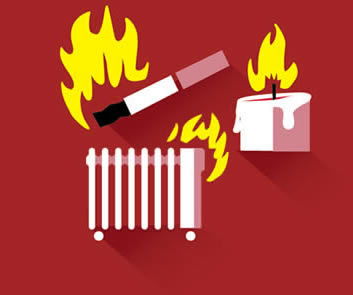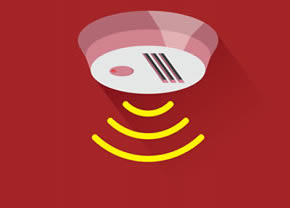Chemical safety and storage
Many hazardous and flammable fuels and chemicals are stored in garages and workshops including solvents, paint thinners, pool chemicals, petrol and pesticides.
Always wear the appropriate level of protective clothing when using chemicals and fuels as per manufacturer instructions. Use these products only for their intended purpose.
Chemicals should always be stored in locked cabinets to prevent access to children.
Fuels and chemicals should never be poured down the drain as they will contaminate the environment and waterways.
Recommendations:
- Read the label before purchasing any chemical.
- Choose the least dangerous product that will do the job, especially if children are present.
- Lock chemicals in a cabinet out of the reach of children. Children are curious, inventive and good climbers.
- Follow the manufacturer’s instructions. Handle with extreme caution.
- Use gloves, safety goggles, trousers and long-sleeved shirts. Ensure adequate ventilation.
- Seal chemicals in their original containers.
- Do not reuse empty containers or repack product in different containers.
- When recharging batteries, loosen the caps on the cells, ventilate the area, turn off all electrical appliances.
- Do not mix chemicals.
- Do not prepare more chemical than you need for the job.
- Do not use chemicals for jobs for which they are not intended.
- Dispose of old and unwanted chemicals safely. Contact your local council for more information.
- Do not use tools that generate heat or sparks near flammable items.
Follow manufacturer's instructions if skin or eyes are burnt or chemicals swallowed.
Contact your doctor or hospital or the poisons information line on 131 126



